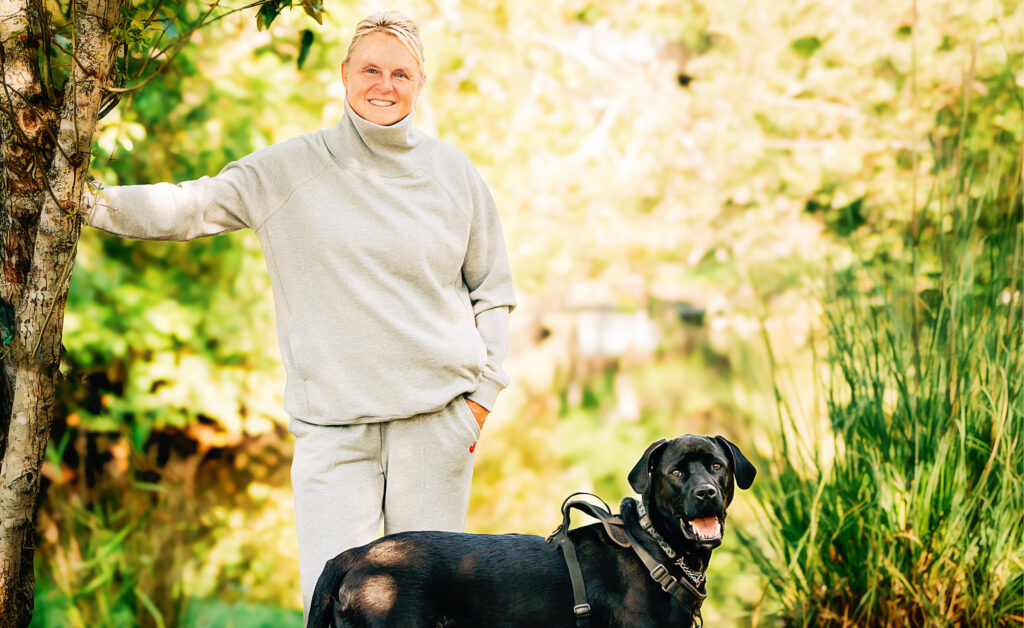Owner / Publisher Sue Hodgson Chats with Oceanographer and Climate Scientist Dr. Eddy Carmack
In 1969 you were a graduate student at the University of Washington where you studied Physical Oceanography. You were asked to take the place of a fellow student on a trip to the Arctic. You accepted and a month later found yourself on a single-engine plane with skis, landing on the ice between Greenland and Ellesmere Island. Since then you have witnessed five decades of accelerating change in the Arctic. Tell us a little more about how your journey began.
Quite simply, it began as an adventure. I grew up in Arizona and had seen little snow, much less an entire ocean covered with sea ice. At the time the Arctic was viewed as mysterious, pristine, isolated and unchanging. Today the Arctic remains beautifully mysterious, but it is certainly not pristine, as our pollution has moved north; it is certainly not isolated, as it is intimately tied to the global ocean and weather; and it is changing at a rate as yet unwitnessed by humans.
In the early days, what were the primary research focuses in the Arctic?
I think it is fair to say that five decades ago most researchers asked questions within their own disciplines. Today we know that is not enough, and research focus has shifted to disciplines without boundaries: physics does alter biology and geology interacts with chemistry. Science today is more like an orchestra, and less like individual performers.
The Arctic is changing faster than any other place on Earth – warming twice as quickly. This loss of ice has become the leading signal of global warming. Can you expand a little on this and globally, are we paying enough attention to this?
You’re right. This is something climatologists call “Arctic Amplification,” which means the Arctic is changing two to four times faster than the global average. Think about this. If the world is able to meet a 2° warming target, the Arctic will still warm 4° to 8°C. This may open a Pandora’s Box of undesirable surprise. Further, Canada is an Arctic Nation, which means, in a metaphorical sense, that the unpredictable future is arriving here faster than elsewhere. So I think we have a global responsibility to use our little time-machine nation to pay attention and to create new ideas and policies that will lead us and the world to a sustainable future.
Evidence is mounting that the changes are not confined to the surface, but are extending deeper and deeper into the ocean itself. What is one of the most dramatic examples of this?
Yes, Arctic change is more than skin deep. The loss of sea ice has woken up a sleepy little ocean and triggered a cascade of change extending over a kilometre deep. A dramatic example we’re aware of now is in the ocean north of Siberia, where ocean structures that were formerly found in the northernmost North Atlantic have moved over 1,500 kilometres into the Arctic Basin. And Arctic change doesn’t stay in the Arctic. Arctic change affects the global ocean’s overturning circulation. As well, Arctic warming may be influencing the path of the jet stream and mid-latitude storms, cold outbreaks and heat waves. We punched the Arctic; now it is punching back.
Earlier this year, in recognition of your lifetime contribution to Arctic research, you received the inaugural International Mohn Prize for Outstanding Research Related to the Arctic. An excerpt from the award states that you may be regarded as “the most influential and cited oceanographer at work in the Arctic Ocean.” What does it mean to Arctic research that this award has come about?
I think that “most” part is a bit of a reach. Plus, I cheated on the “lifetime” part by staying in the business so long. That aside, it is important that such an international award has been established to recognize the global importance of work related to the Arctic and the people who live there.
You are officially retired from ice breaker work but your passion right now is on another very special project along the shallow waters of the Arctic. Can you expand on this?
I’m continuing my sea-going years by joining a small international team aboard the Martin Bergmann, a 40-year-old, 65-foot, ex-Newfoundland fishboat. We work in inlets along the fabled Northwest Passage to understand the coupling between climate, physics and biology, and between the land and the sea. When we look up from the water we see shorelines and cliffs that date back two billion years, well before multicellular life appeared on Earth and this makes one appreciate our short time on this planet all the more.
You mentioned in an article that “people seem to think the Arctic is nothing but flat, white unchanging – maybe the way I saw it 49 years ago.” You are one of the few scientists to have witnessed the Arctic Ocean move from a period of relative stability toward ecological upheaval under changing climate conditions. What are some important things you can tell our readers that we need to be concerned about, as it relates to the Arctic and our environment?
The Arctic is sending a message. Arctic change is not “just up there” – It will affect all of Canada. You won’t protect what you don’t appreciate, and you don’t appreciate what you don’t understand. So, get involved. Canada, with the world’s longest coastline, carries huge responsibility for planetary health. I would like to someday see a fully PanCanada network of community-based observers making relatively simple measurements from small vessels and engaging in dialogue both with scientists and with each other. Call this “Fishboat Science.” In the Canadian Arctic this is happening on Canadian Ranger patrols while in the Salish Sea. The Pacific Salmon Foundation has launched a Citizens Science project to collect data needed to help understand salmon stock collapses. On the darker side, realize that climate-related extinction has happened repeatedly in the past; like they ironically say, extinction is forever. The stakes are high, but our abilities are higher.




